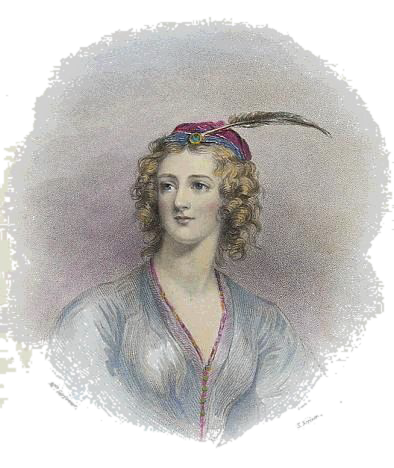The Opal in Literature
The Greek poet, Onomacritus wrote:
“the delicate colour and tenderness of the opal reminds me of a loving and beautiful child”
Pliny the Elder took a similar view:
Of all precious stones it is the opal that presents the greatest difficulties of description, it displaying at once the piercing fire of carbunculus*, the purple brilliancy of amethystos and the sea green of smaragdus†, the whole blended together and refulgent with a brightness that is quite incredible. Some authors have compared the effect of its reflugence to that of the colour known as Armenian pigment while others speak of it as resembling the flame of burning sulphur or of a flame fed with oil.
Pliny the Elder, Ist Century AD
* Carbunculus - Carbuncle - red stone mostly referring to garnet.
† Smaragdus - green stone - emerald
Armenian Pigment - most probably cherry red from Hæmatite, a form of iron oxide.
Reflugence - shine brightly (like the stars)
Shakespeare wrote in his play “Twelfth Night”
Clown to Duke:
“Now the melancholy god protect thee and make thy doublet of changeable taffeta for thy mind is a very opal ! - I would have men of such constancy put to sea, that their business might be everything, and that their intent everywhere; for that’s it that always makes a good voyage of nothing. - Farewell.”
[Act II Scene V] Twelfth Night was written in 1599-1600
Anne of Geierstein
In Sir Walter Scott's novel the opal takes a somewhat sinister hold over the heroine, Hermoine is introduced in the following way ...
"The silver lamp was extinguished, or removed from its pedestal, where stood in place of it a most beautiful female figure in the Persian costume in which the colour of pink predominated. But she wore no turban or headdress of any kind, saving a blue riband drawn through her auburn hair, and secured by a gold clasp, the outer side of which was ornamented by a superb opal, which, amid the changing lights peculiar to that gem, displayed internally a slight tinge of red like an internal fire."
The opal conveys the mood of Hermoine, especially when she was angered ...
"In such moments, when her eyes sparkled, her cheeks reddened, and her whole frame became animated, it was pretended that the opal clasp amid her tresses, the ornament which she never laid aside, shot forth the little spark, or tongue of flame, which it always displayed, with an increased vivacity, in the same manner, if in the half-darkened hall the conversation of Hermione became unusually animated, it was believed that the jewel became brilliant, and even displayed a twinkling and Hashing gleam which seemed to be emitted by the gem itself, and not produced in the usual manner, by the reflection of some external light. Her maidens were also heard to surmise, that when their mistress was agitated by any hasty or brief resentment, (the only weakness of temper which she was sometimes observed to display,)
they could observe dark-red sparks flash from the mystic brooch, as if it sympathized with the wearer's emotions. The women who attended on her toilet farther reported that this gem was never removed but for a few minutes, when the Baroness's hair was combed out; that she was unusually pensive and silent during the time it was laid aside, and particularly apprehensive when any liquid was brought near it"
As in many love stories, the hero of the piece wooed and eventually won his lady, but tragedy lay in wait on their wedding day, after the groom listened to some gossip passed on by his Aunt, the Lady of Steinfeldt, about Hermoine's dislike of holy water ...
"As they passed the threshold, the Baron dip't his finger in the font-stone, and offered holy water to his lady who accepted it, as usual, by touching his finger with her own. But then, as if to confute the calumnies of the malevolent Lady of Steinfeldt, with an air of sportive familiarity which was rather unwarranted by the time and place, he flirted on her beautiful forehead a drop or two of the moisture which remained on his own hand. The opal, on which one of these drops had lighted, shot out a brilliant spark like a falling star, and became the instant afterwards lightless and colourless as a common pebble, while the beautiful Baroness sunk on the floor of the chapel with a deep sigh of pain"
Hermione was then carried to her chamber, but later when they went to check on her all they found was a pile of ash on her bed. Heartbroken, the Baron died three years later to the day.
Anne of Geierstein or the Maiden of the Mist
by Sir Walter Scott 1829



